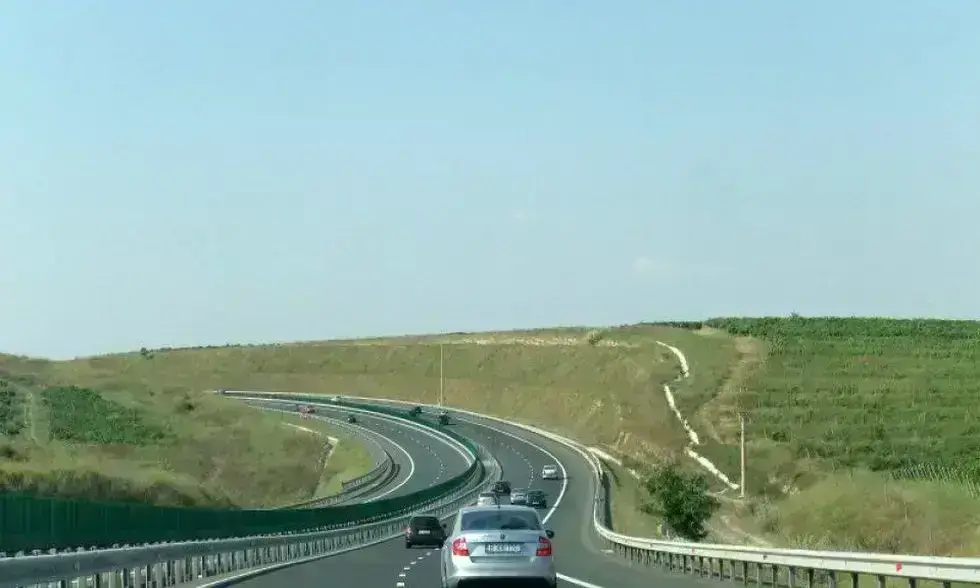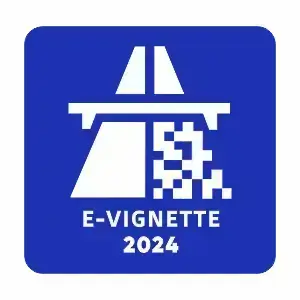Construction of the first highway in Romania began in 1972 and was designated A1. It leads from Bucharest all the way to the national border, via Arad. Its construction progressed relatively slower than average due to economic reasons. The A2 was the first fully completed motorway, which was handed over in 2012. Accession to the European Union resulted in a significant start of highway construction.
It is important to know that motorways are marked with the letter A and motorways with DX. The maximum permitted speed on track is 130 km/h, on highways 100 km/h.
A0 motorway: Romanian motorway, which is still under planning due to a lack of financial resources. It will surround Bucharest, so it will be easier to avoid the capital. With a distance of 100 km, the bypass road will provide the highway connection between the existing A1, A2 and A3 highways.
A1 highway: currently runs between Nagylak and Șelimbăr. The highway itself is 350 kilometers long. The existing road section was connected to the bypass in 2007, and on December 1, 2010, the 17.2 km section bypassing Nagyszeben was also inaugurated.
A2 highway: currently 225 kilometers long, it runs from Bucharest to Constanta. It is interesting that from June 2008, the highway was covered by cameras to control speeders and the theft of devices.
A3 highway: It passes by such major cities as Bucharest, Brasov, Fogaras, Sighsvár, Torda, Cluj, Zilah and Nagyvárad. Its total length is 584 km. It's a very popular route, as you can see many attractions after deviating from the track.
A4 motorway: Avoid the port city of Constanta due to heavy traffic. Its length is approximately 20 km, and the entire length was opened to traffic in July 2012.
A6 motorway: It was built from Lugos to Calafat on the Bulgarian-Romanian border, where it joins the Vidin-Calafat bridge. The highway also connects to the planned Craiova-Pitești highway.
A7 highway: The highway connects Moldavia and Havasalföld and runs to the eastern border of the country. According to plans, it will exit from the A3 near Ploiești, then pass through Bodzavásár, Foksány and Bákó to the A8 highway, which leads all the way to the Ukrainian border. Part of the road will function as a highway, and part as a highway.
A8 motorway: it will ease the traffic of pan-European transport corridors 4 and 9, which cross the country in an east-west direction. The highway connects Moldavia with the central part of Transylvania, touching the northern part of Székelyföld.
A10 motorway: It runs through the north-western part of Romania, connecting the Romanian A1 and A3 motorways. Its planned final length is 70 km. It will also be possible to detour to the settlements of Szászsebes, Gyulafehérvár and Torda.
The official Romanian motorway vignette can be purchased here in the shop.



 Deutsch (DE)
Deutsch (DE)
 Greek (GR)
Greek (GR)
 Italiano (IT)
Italiano (IT)
 Magyar (HU)
Magyar (HU)
 Polski (PL)
Polski (PL)
 Română (RO)
Română (RO)
 Slovensky (SK)
Slovensky (SK)
 Slovenščina (SL)
Slovenščina (SL)
 Türkçe (TR)
Türkçe (TR)
 Česká (CZ)
Česká (CZ)








